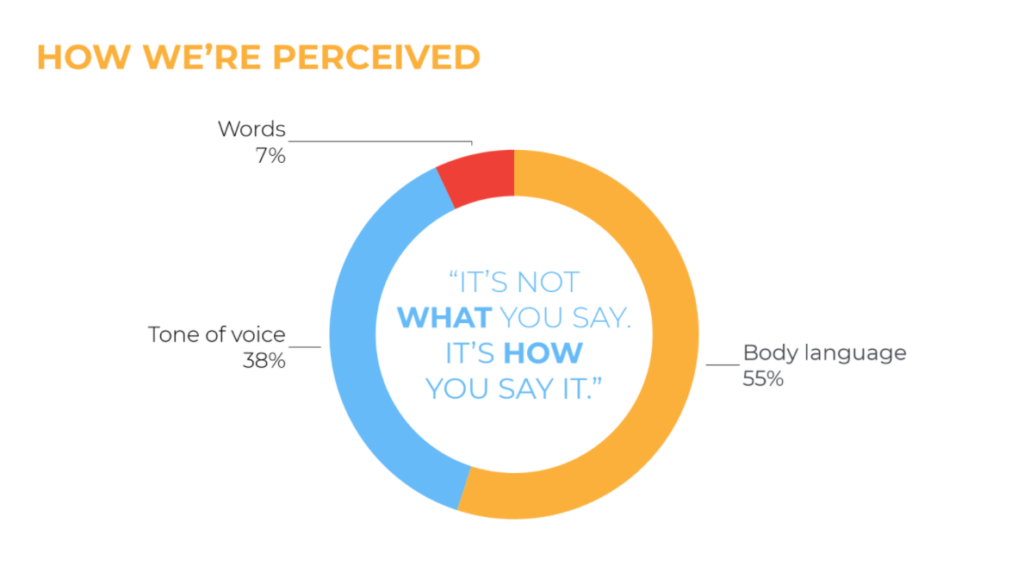11
MAR 2021Texas Employers on the Lookout for Registered Nurses, Sales Reps, Exc Tech/Sci Product, and Heavy/TractorTrailer Truck Drv.
Posted by Carl McClain | UncategorizedIn March 2021 Registered Nurses are in high demand in Texas, with 13237 openings, the largest number of active job openings. Other occupations in high demand include Sales Reps, Exc Tech/Sci Product , with 9033 active openings, and Heavy/TractorTrailer Truck Drv , with 8069 active openings. Last Month, February 2021 , the jobs with the largest number of openings were Registered Nurses , Heavy/TractorTrailer Truck Drv , and Sales Reps, Exc Tech/Sci Product .
March saw increased demand for Sales Reps, Exc Tech/Sci Product with the largest number of new job postings by prospective employers, over 1058 in the past few weeks. Computer Occupations, All Other also saw large increases in openings, with 1017 new posted positions, followed by Software Developers, Application with 963 new posted positions within the past few weeks.







